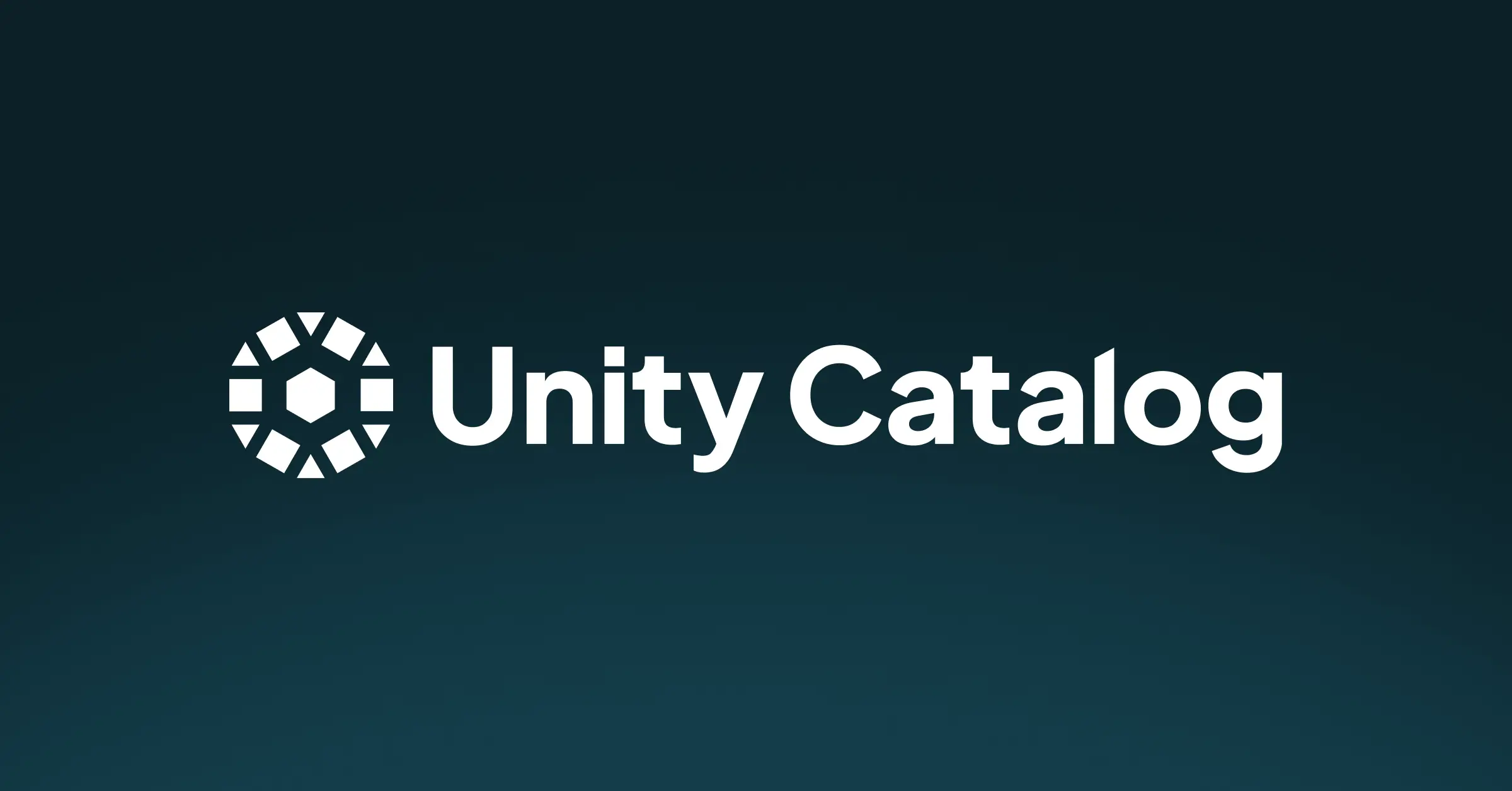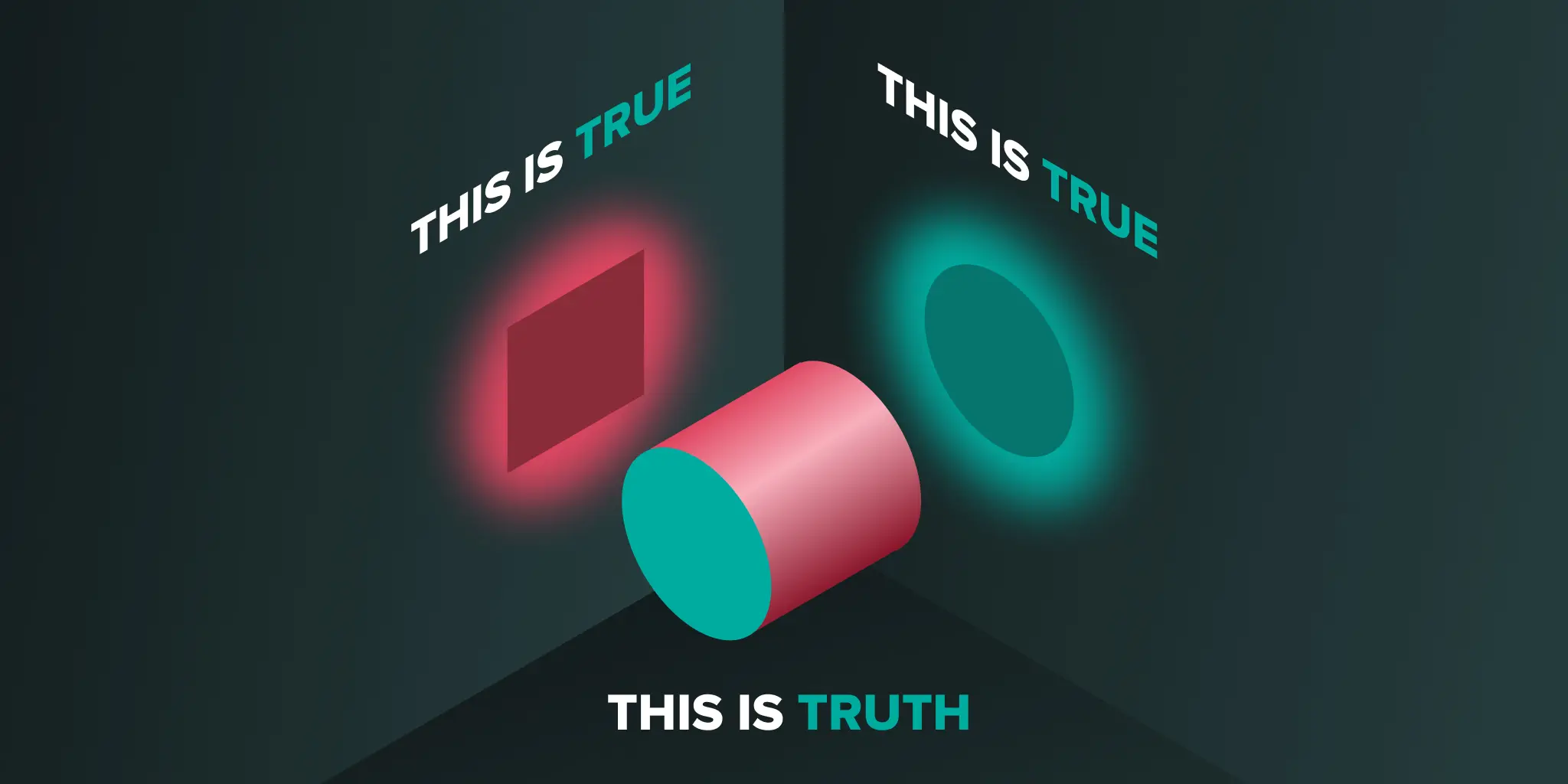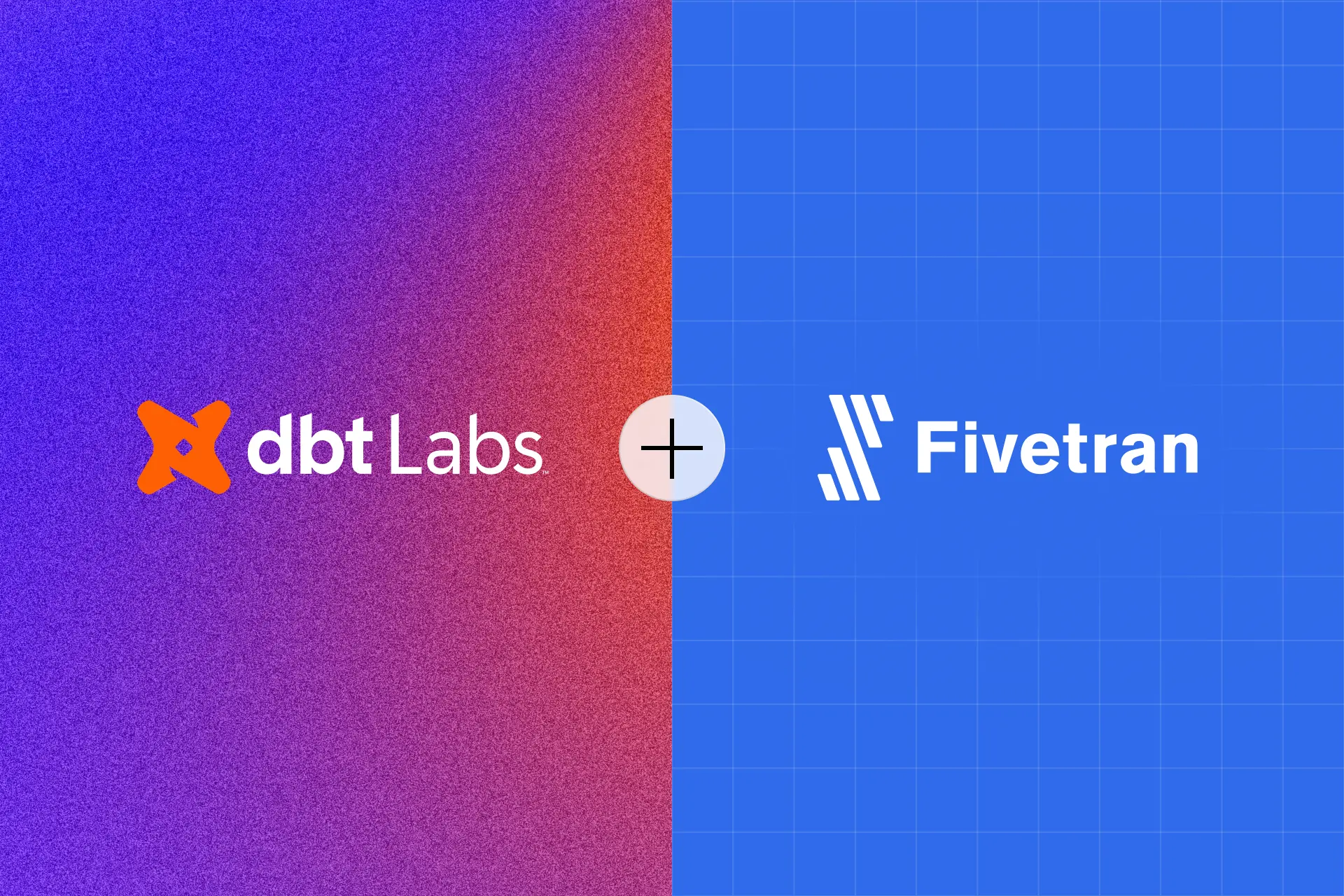
The Great Metadata Unification War: Are We Trading Chaos for Vendor Prison?
As Databricks' Unity Catalog goes all-in, companies face a stark choice: embrace vendor lock-in or build fragile federated systems.
Twenty data sources, four query engines, three cloud providers, and zero clue about what data actually exists. Welcome to modern data platform maturity, where metadata chaos has become the silent productivity killer nobody planned for but everyone tolerates.
The fragmentation is real: Unity Catalog for Databricks workloads, AWS Glue for native AWS services, legacy Hive metastores for batch processing, MLflow for model tracking, and specialty catalogs for streaming platforms. Each tool works beautifully in isolation, but together they create a governance nightmare of duplicated metadata, broken permissions, and data discovery paralysis.
The Fragmentation Crisis Nobody Planned For
Think about your last data discovery exercise. Want to find all customer-related tables across your organization? Good luck querying four different catalogs with inconsistent schemas. Need to apply GDPR compliance rules? Prepare to duplicate that logic across multiple permission systems. The operational overhead isn’t just annoying, it’s expensive.
This isn’t a hypothetical problem. Organizations are hitting what one data engineer described as “a weird stage in our data platform journey where we have too many catalogs.” The consequences are immediate: duplicated data assets, inconsistent permissions, and no single view of what actually exists across the enterprise.
The pain manifests in three critical areas:
Discovery Paralysis: Data scientists spend more time hunting for datasets than actually analyzing them Governance Fragmentation: Compliance rules must be implemented multiple times across different systems Engine Incompatibility: Spark tables invisible to Trino, Iceberg metadata unknown to Flink
The Battle Lines: Centralized vs Federated Approaches
When organizations realize they’re drowning in metadata silos, they typically face two strategic paths, each with its own philosophy and trade-offs:
| Approach | Description | Pros | Cons |
|---|---|---|---|
| Centralized (vendor ecosystem) | Use one vendor’s unified catalog and migrate everything there | Simpler governance, strong UI/UX, less initial setup | High vendor lock-in, poor cross-engine compatibility |
| Federated (open metadata layer) | Connect existing catalogs under a single metadata service | Works across ecosystems, flexible connectors, community-driven | Still maturing, needs engineering effort for integration |
The centralized approach, exemplified by Databricks Unity Catalog, offers the promise of simplicity: one place to manage permissions, one interface to discover data, one system to maintain. The practical implementation involves commands like:
This simplicity comes at a cost: you’re effectively marrying your entire data platform to one vendor. Unity Catalog works beautifully within the Databricks ecosystem, but what happens when you need to integrate Trino, Flink, or Kafka? The vendor ecosystem approach solves today’s chaos by potentially creating tomorrow’s prison.
The Federation Alternative: Gravitino and OpenMetadata
The federated path represents a fundamentally different philosophy: rather than replacing existing catalogs, connect them through a unified metadata layer. Projects like Apache Gravitino ↗ aim to be “a high-performance, geo-distributed, and federated metadata lake” that can manage access and governance across diverse data sources while supporting multiple engines like Spark, Trino, and Flink.
Gravitino’s approach is architecturally ambitious: instead of passively collecting metadata from underlying systems, it manages them directly through connectors. Changes in Gravitino directly reflect in the underlying systems, and vice versa. This bidirectional synchronization aims to provide the unified governance benefits without forcing migration.
Other open-source alternatives like OpenMetadata and DataHub take similar approaches, with developers reporting successful implementations connecting “Airflow, Hive, Trino, Snowflake, Iceberg, Kafka and Tableau” across their organizations.
The federated model acknowledges reality: most enterprises can’t realistically standardize on one vendor or engine. Different teams have different needs, legacy systems persist, and best-of-breed tools emerge constantly. Federation accepts this heterogeneity as a feature rather than a bug.
The Lock-In Calculation: Short-Term Gain vs Long-Term Flexibility
Here’s where the debate gets controversial. The centralized approach offers immediate relief from fragmentation pain. You get:
- Unified permissions across all data assets
- Single discovery interface for data consumers
- Simplified compliance and auditing
- Reduced operational overhead
But the trade-offs are substantial:
- Vendor dependence that grows exponentially as you centralize more metadata
- Cross-engine compatibility limitations that force tooling decisions
- Exit costs that become prohibitive over time
- Innovation constraints as you’re tied to one vendor’s roadmap
As one practitioner bluntly noted: “Governance vs Agility. I don’t think there is silver bullet yet.” This captures the fundamental tension, do you prioritize immediate governance wins or long-term platform flexibility?
The Practical Reality: Most Teams Are Choosing Federation
Despite the appeal of vendor-provided simplicity, the practical evidence suggests most organizations are leaning toward federation. The reasoning is pragmatic: in a multi-cloud, multi-engine world, betting everything on one vendor feels increasingly risky.
Teams implementing federation acknowledge it requires more engineering effort upfront. Connectors need configuration, synchronization logic must be tested, and the overall system requires maintenance. But the payoff is architectural independence, the ability to adopt new tools without rebuilding your entire metadata strategy.
The federated approach also aligns with the reality that data platforms evolve organically. Few organizations get to design their perfect data architecture from scratch. Most inherit a patchwork of systems accumulated through acquisitions, legacy projects, and team preferences. Federation works with this reality rather than fighting it.
Where This Is Heading: The Emerging Metadata Stack
The metadata fragmentation crisis is forcing a fundamental rethinking of data platform architecture. Rather than treating metadata as an afterthought, organizations are recognizing it as a first-class concern that needs its own strategic approach.
We’re seeing the emergence of a dedicated metadata layer in data architectures, a distinct system responsible for cataloging, discovery, and governance across all data assets. This layer might be vendor-provided (Unity Catalog) or open-source (Gravitino), but it’s increasingly recognized as essential infrastructure.
The next evolution will likely involve AI asset management alongside traditional data catalogs. As Gravitino notes, the goal is to “unify data management in both data and AI assets” including models, features, and other AI artifacts. This recognizes that the boundary between data and AI infrastructure is blurring.
The Strategic Choice Every Data Team Faces
The metadata unification decision isn’t just technical, it’s strategic. Centralized approaches offer immediate relief from fragmentation but risk long-term lock-in. Federated approaches preserve flexibility but demand ongoing engineering investment.
The right choice depends entirely on your organization’s constraints and philosophy. Are you building for predictability or adaptability? Do you prioritize immediate productivity or long-term optionality? Is your data platform relatively stable, or constantly evolving?
One thing is certain: ignoring metadata fragmentation is no longer an option. The operational costs are too high, the compliance risks too significant, and the productivity impact too damaging. Whether through vendor consolidation or federation, unifying your metadata strategy has moved from nice-to-have to non-negotiable.
The question isn’t whether to unify, but how, and what trade-offs you’re willing to accept along the way.



